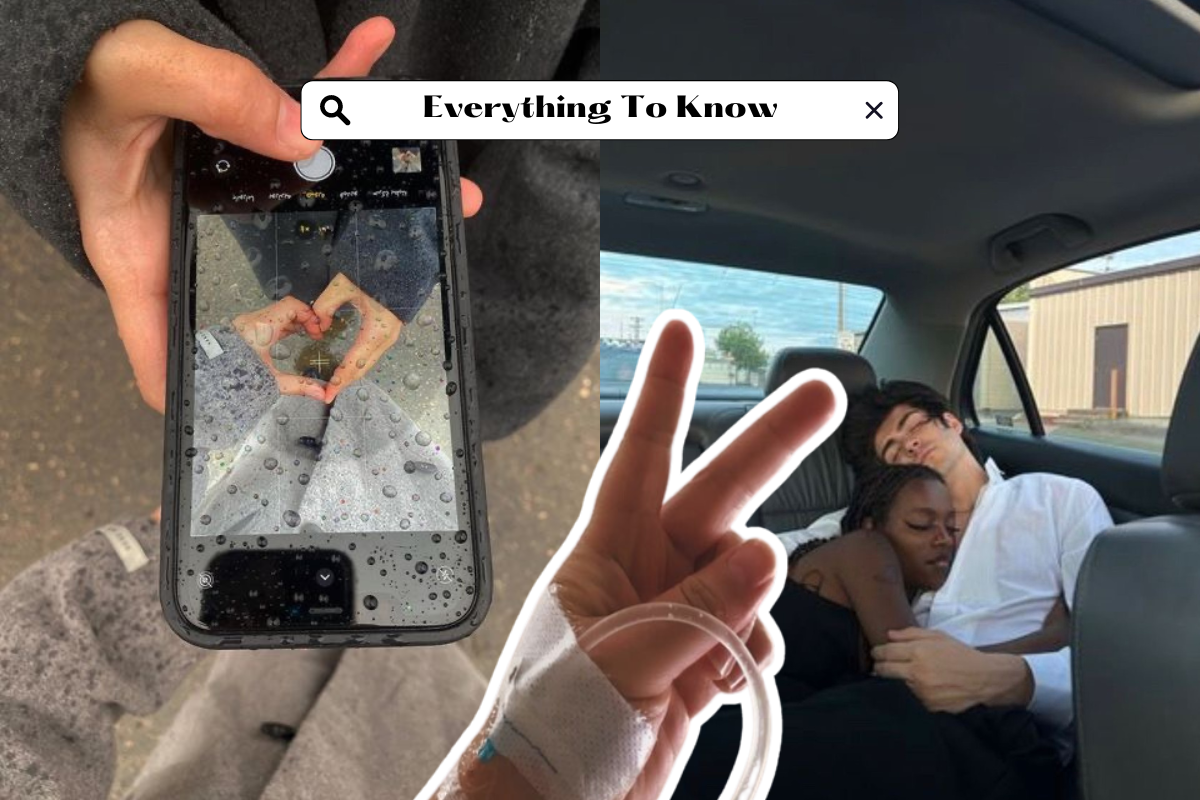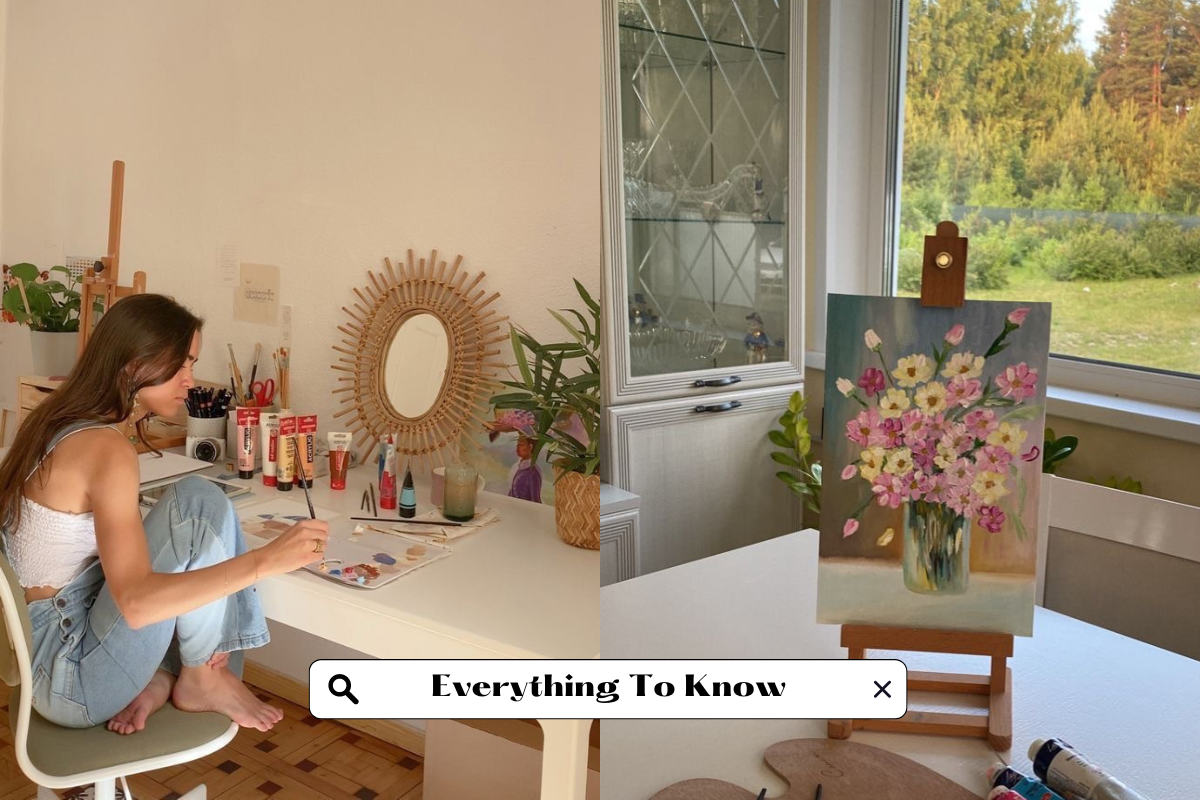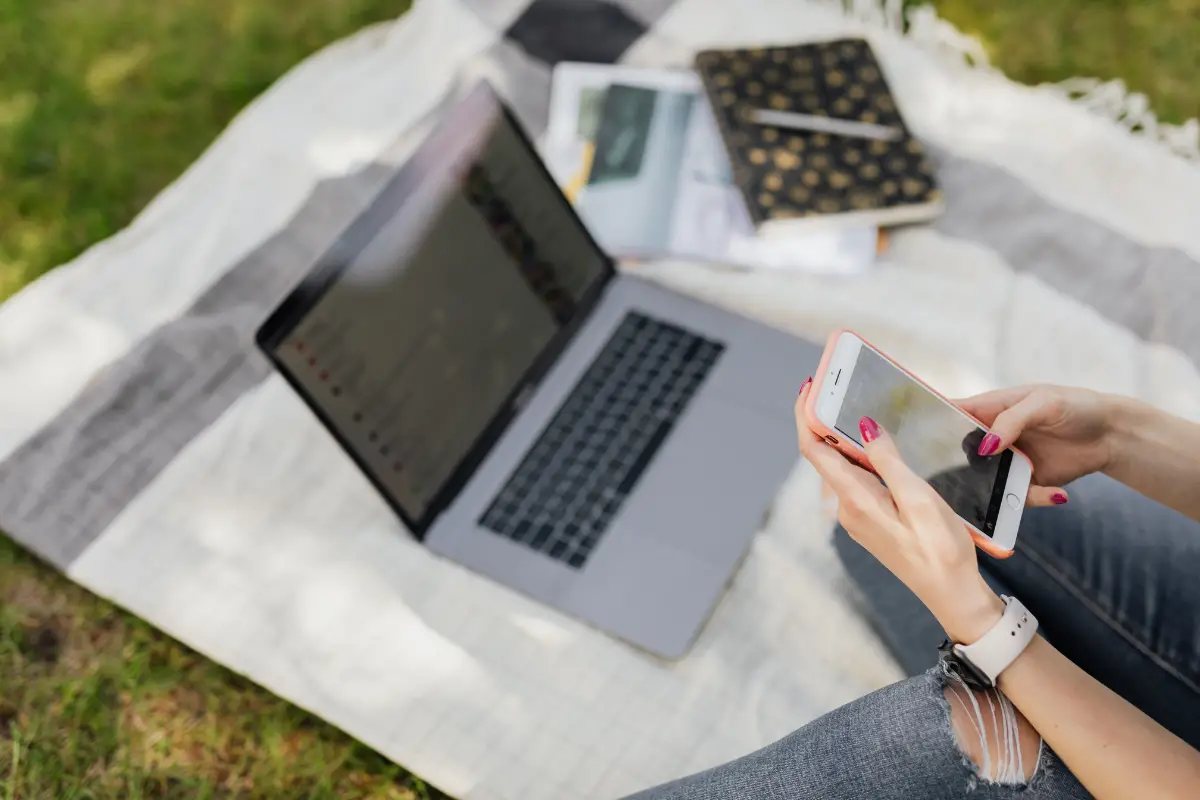Hey Girl,
If you’re like me, you’re always looking for ways to sprinkle a little extra fun into your life without draining your bank account. Picking up a new hobby is one of the best ways to do that! But let’s be real: some hobbies can get pricey fast, and who has the budget for that when we’re busy saving for cute outfits, dream vacations, and coffee runs?
The good news is, you don’t need to spend a fortune to dive into something you’re passionate about. In fact, there are so many creative ways to enjoy a hobby and stay financially savvy. Whether you’re into crafting, fitness, cooking, or even starting a side hustle, there’s always a way to make it work on a budget.
In this post, I’m going to share my ultimate guide to starting a hobby without breaking the bank. I’ll show you how to find affordable supplies, use free resources, and even repurpose things you already own—all while staying fabulous, of course. Let’s turn that budget into a blessing and create a hobby you’ll love!
1. Choose Budget-Friendly Hobbies
Starting a hobby doesn’t have to mean emptying your wallet, babe! The trick is to choose activities that are light on your budget but big on fun and creativity. Some of my absolute faves are:
- Painting or Drawing: All you need is some paper and a few basic supplies (hello, Dollar Store deals!) to unleash your inner Picasso.
- Hiking or Walking: Nature is free, and a pair of sneakers is all you need to explore the great outdoors. Plus, it’s such a vibe for mental health and cute Insta stories.
- Reading: Dive into a new world with library books or free eBooks. Bonus points if you sip tea while you read—it’s a total main character moment.
- Knitting or Crocheting: Start small with inexpensive yarn and needles. It’s cozy, creative, and perfect for DIY gifts.
- Baking: Raid your kitchen pantry for staples like flour and sugar to try out simple (and delicious!) recipes. Cookies, anyone?
- Writing: Whether it’s journaling, poetry, or even starting your blog (so fun!), all you need is a notebook and pen.
- Learning a New Language: Apps like Duolingo make it easy and free to learn languages, so you can feel fancy saying bonjour or hola.
The key is to think about what sparks your interest and start small. You can always level up as you go, but for now, focus on hobbies that bring joy without the splurge.
2. Use Free Online Resources
Girl, we live in the digital age, and trust me, the internet is your best friend when it comes to affordable hobbies. There are so many free resources out there that can help you learn, practice, and even master your new hobby without spending a dime. Here are my go-to tips for making the most of what’s online:
- YouTube Tutorials: From painting to yoga to DIY crafts, YouTube is packed with free step-by-step videos for literally every hobby you can think of. Just search and get inspired!
- Pinterest Boards: Pinterest is my holy grail for hobby ideas, project inspiration, and even free patterns for things like knitting or sewing. It’s like your personal mood board for every creative venture.
- Free Apps: Whether you’re learning a language (hello, Duolingo), practicing mindfulness (try Calm’s free features), or tracking fitness goals, there’s an app for that—and many are free or have budget-friendly versions.
- Online Libraries: Did you know some libraries offer free digital access to books, audiobooks, and magazines? Check out apps like Libby to borrow content for free. Total game-changer!
- Community Forums: Join free Facebook groups, Reddit communities, or hobby-specific forums. These spaces are amazing for advice, ideas, and connecting with people who share your interests.
- Free Printable Resources: Tons of blogs (including mine!) offer free printables like coloring pages, planners, or crafting templates to help you get started. Just download and enjoy!
The best part about free resources is that you can explore your interests without feeling pressured to commit financially. Take your time, explore, and let your creativity bloom!
3. Repurpose What You Have
Starting a hobby doesn’t always mean buying brand-new supplies. Sometimes, the best place to begin is your own home. Take a look around—you might already have everything you need to kick off your new interest. For example:
- Old clothes can be upcycled into sewing projects or trendy accessories.
- Kitchen staples like flour, sugar, and spices can inspire baking or cooking experiments.
- Stationery you already own can be repurposed for journaling, sketching, or even creating handmade cards.
- Empty jars, cans, or cardboard can become materials for DIY crafts or home décor projects.
Repurposing not only saves money but also adds a creative twist to your hobby. Plus, it’s eco-friendly—a win-win!
4. Shop Secondhand or Look for Deals
If you do need supplies, secondhand stores and discount shops are your secret weapons for staying on budget. Thrift stores, dollar stores, and flea markets often have hidden treasures at unbeatable prices. Online marketplaces like Facebook Marketplace, eBay, or local community swap groups can also help you find materials for a fraction of the cost.
For example, you can score gently used art supplies, knitting kits, or even sports equipment for much less than retail prices. Keep an eye out for sales, clearance sections, and coupons to make every dollar count. With a little patience, you can build your hobby stash without overspending.
5. Join Hobby Clubs or Groups
Exploring a hobby is so much more fun when you have a supportive community around you. Many community centers, libraries, and local organizations host free or low-cost events that let you try out new activities without spending much—or anything at all.
You can also check out Facebook groups or online forums where hobby enthusiasts share tips, organize meetups, and even trade supplies. For example, a local crafting group might host workshops, or a book club could help you dive into your reading goals while connecting with new friends.
Being part of a group is a great way to learn, stay motivated, and share resources. Plus, it’s the perfect chance to find inspiration and bond with others who share your passion.
6. Set a Hobby Budget
Having a budget for your hobbies can actually make your creative journey more fun! By setting aside a small amount each month specifically for your hobby, you can prioritize what you truly need without going overboard. Whether it’s for new materials, tools, or even classes, creating a budget helps you stay focused and avoid impulsive purchases.
To keep things manageable, start with just a few essentials and track your spending. This way, you won’t feel guilty about treating yourself to new supplies every now and then, and you can always adjust your budget as you get more into your hobby.
7. Focus on Skills Over Materials
It’s easy to get caught up in the excitement of buying the best tools or the most beautiful materials, but trust me, your skills are way more important than the fancy equipment. Start with what you have—whether it’s basic knitting needles, a cheap set of paints, or a notebook—and focus on building your abilities.
As you improve and become more confident, you can gradually upgrade your tools. The beauty of this approach is that it keeps your hobby affordable while still giving you room to grow. Plus, the skills you develop will matter so much more than the brand of paintbrushes or yarn you’re using!
8. Track Your Progress for Motivation
One of the best ways to stay motivated in your hobby is by tracking your progress. Keeping a journal or using free apps to document your growth not only helps you see how far you’ve come but also boosts your excitement to keep going.
For example, if you’re learning to paint, jot down your thoughts on each piece or take pictures of your work to track your improvement. If fitness is your hobby, apps like Strava or MyFitnessPal can help you log your workouts and celebrate your achievements.
Tracking your journey keeps you focused on the process, making your hobby feel even more rewarding without the pressure to constantly buy new supplies. Plus, looking back at your progress can inspire you to keep creating, learning, and improving!
Conclusion: Embrace Your Hobby Without Breaking the Bank
Starting a hobby on a budget doesn’t mean you have to sacrifice fun, creativity, or passion. By choosing budget-friendly activities, utilizing free resources, repurposing what you already own, and exploring secondhand options, you can enjoy your hobby while staying financially smart. Remember, the key is focusing on building your skills over buying expensive equipment and staying consistent.
Whether you’re painting, baking, learning a new language, or picking up a fitness routine, the journey should be about enjoyment and growth, not overspending. So, take it slow, enjoy the process, and let your hobby be something that adds joy to your life without the financial stress.
You’ve got this, girl! Embrace your creativity, stick to your budget, and have fun along the way.







1 Comment
Great insight! Managing cloud servers often seems complex, but Cloudways takes the stress out of the equation. Their platform delivers powerful performance without the usual technical headaches. It’s an ideal solution for those who want scalable hosting without getting lost in server configurations. Definitely worth checking out for a smoother hosting journey. Keep up the excellent work! Explore more through the link.